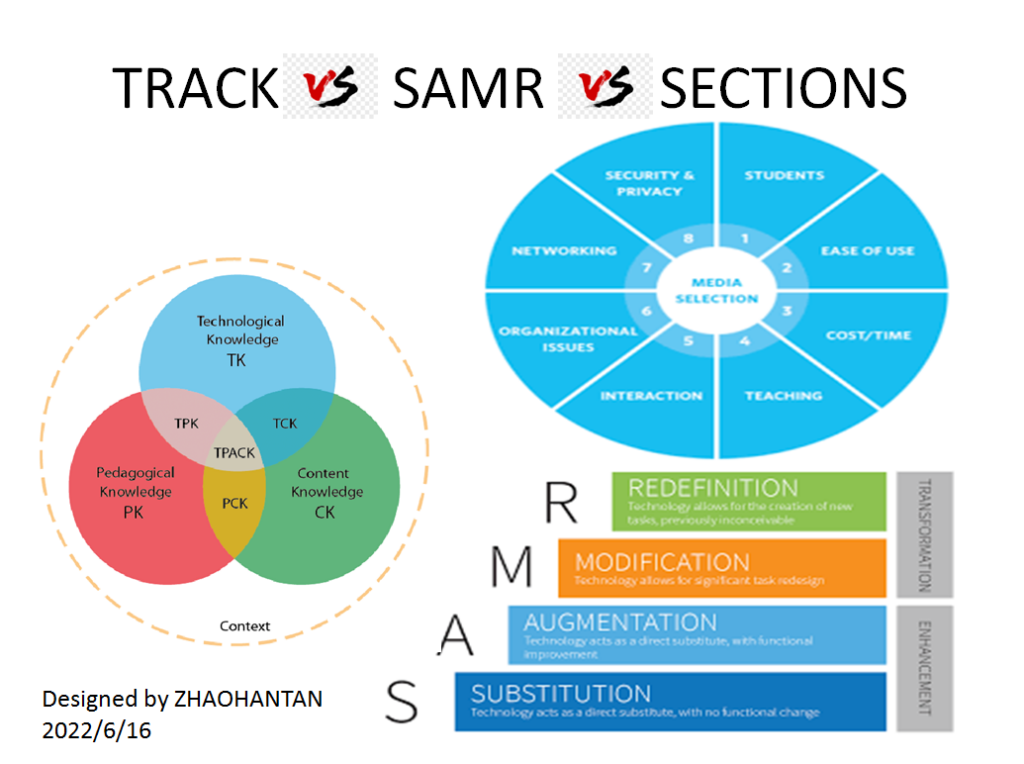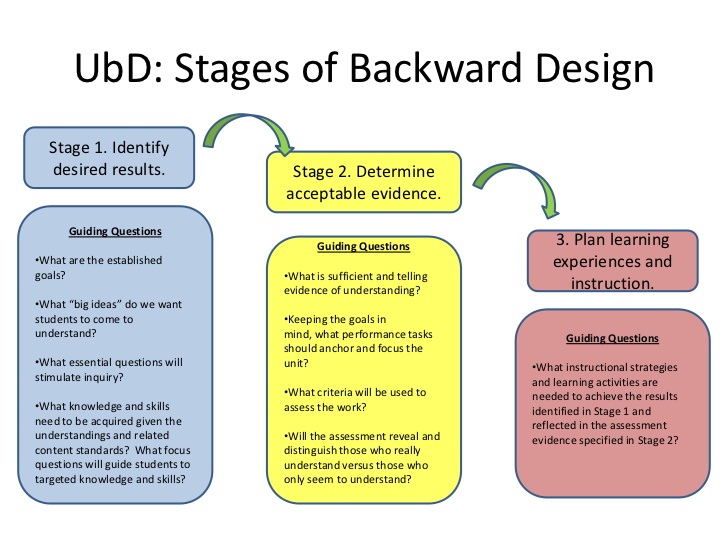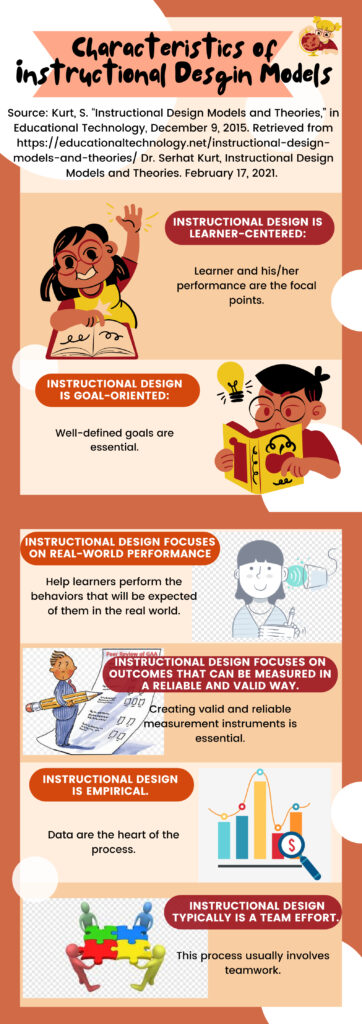Learning Outcomes:
Participants will be able to do the following by the end of this workshop:
1.Brainstorm some possible elements related to happiness
2. Know the reason why happiness is so important to us in daily life
3. Access the factors that can lead to unhappiness
4. Understand the advantages of happiness in terms of physical health and mental health
5. Use the podcast to create a video about happiness
Step 1: Pre-Class Warm-up, General Introduction, & Video Watching
Procedure:
1 Warm-up Questions: (S1 – Poster)

Assess students’ prior knowledge about happiness by asking them to brainstorm some related elements and write them down on the whiteboard. Divide students into 4 groups and ask them to share their knowledge and experience on how to be happier to group mates.
2 General Introduction: (S1 – PPT)
Give a 10 minutes clear introduction of the arrangement and expectation from students in class. It includes the brief introduction of our theme, quiz questions that students need to answer after watching the video and other after-class requirements. Then introduce happiness in terms of its definition and signs.
3 Video Watching: (S1- Video)
Guide students to mark down the key elements when they are watching the instructional video.
Video Script: Have you wondered how to make others happy? What kind of activities or events would make them continuously happy all around? Theories from the Father of Positive Psychology, Martin Seligman, suggest that almost 60% of happiness is decided by our nearby environment and genetics. The rest 40% is all on us!
It’s necessary for us to know that we cannot be happy all the time. Otherwise, we cannot feel the essence of happiness. Or there would be no such thing called happiness.
According to a study published in PLOS One, the most frequent human emotion is joy, followed by love and anxiety.
People experience positive emotions 2.5 times more often than negative emotions, but also experience positive and negative emotions simultaneously relatively frequently.
As above, if happiness is a frequent emotion in us as well, we should never give up on being happy. So in our life, we should think about different ways to be happier.
(Recorded by Zhaohan Tan)
Step 2: Pre-Class Preparation Quiz (S2- Google Docs Quiz)
Link: https://docs.google.com/forms/d/e/1FAIpQLSdSE3Q_MLdYE1FwtKHyBFRBbTPoDTeH1Ip5tVbiXf2UrQ1Jrw/viewform?usp=sf_link
Pre-Class Quiz Questions presented in the Google docs:
- According to Franklin Roosevelt, where does true happiness come from?
- According to Abraham Lincoln, “folks are usually about as happy as they make their _____up to be.
- What are two key components of happiness?
- What are two key components of happiness?
- According to Martin Seligman, 40% of happiness is decided by _______________.
- According to a study published in PLOS One, the most frequent human emotion is joy,followed by ______ and ______.
- People experience positive emotions _____ times more often than negative emotions.
Step 3: In-class Learning Activities and Instruction
Presentation slides:
Instruct students to know factors of unhappiness, internal regulation with regard to changes in body, in mood as well as in the environments.
In-class activity:
Guide students to join in the three rooms and use different methods to solve their emotional problems and stay happy.
Text for In-class Exercise:
Introduce a happiness-related story to further boost students’ interests in thinking how to be happier.
Task about Podcast Editing with Video:
Guide students to create a podcast video to remember their happy moments together with group mates. Students can choose their favored things. And then they would follow the introduction document step by step, in order to make a video. Teachers offer help when students have questions.
Step 4: Post Class Assessment and Course Feedback
In this part, every group is required to utilize podcast to edit a video about the things that make them happy. Then they can use their knowledge about the elements and signs about happiness to present a 5-10 minute video on the stage. Teachers should watch their creative editing without interruption and take some notes for further feedback.
Teachers must express gratitude and praise to students’ excellent group work, and also give feedback to each group and further encourage students to stay happy.
Assessment
Self and peer assessment are needed after the group work. Besides, teachers will evaluate students’ performance according to their in-class activity, exercise and their creative videos.
Application in other topics:
This teaching example is also suitable to teach many other literate topics, such as introducing types of music, examining useful tips to stay healthy, teaching basic elements about arts and so on.
Pitfalls that did not go to plan:
At first, our group did not consider the targeted grades. After we approximately assigned our jobs, we started to create original multimedia. However, when we firstly handed in our stuff and discussed, we realized that we had totally different style in designing the slide presentations or videos. Therefore, we spent energy and time recreating most of the work in this assignment.
List of skills a viewer will attain:
1) Knowing some signs of happiness
2) Receiving two components of happiness
3) Practicing exercises to be happier
4) Changing in moods
5) Using multimedia to present happiness
Embedded multimedia elements in this assignment:
Slide presentation (S1 & S3)
Google Docs (S2 )
Screencast video (S1)
Podcast video (S3)
PDF (S1 & S3)
Poster (S1)
Designed by :
Zhaohan Tan
Yixuan Wang
Zhihao Wang





Recent Comments